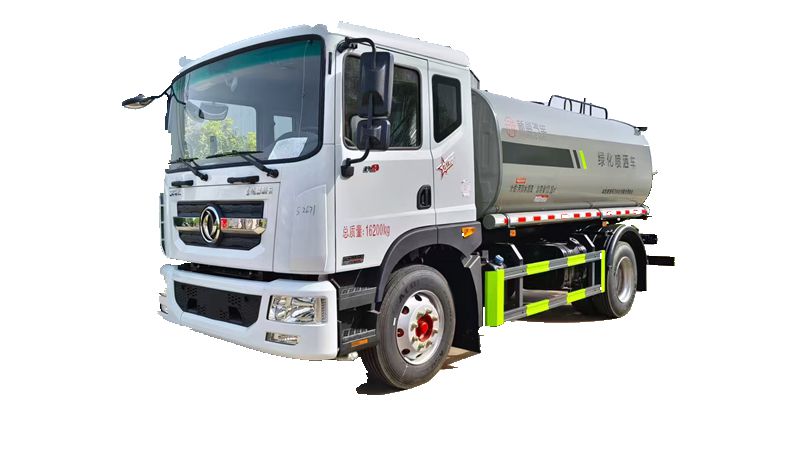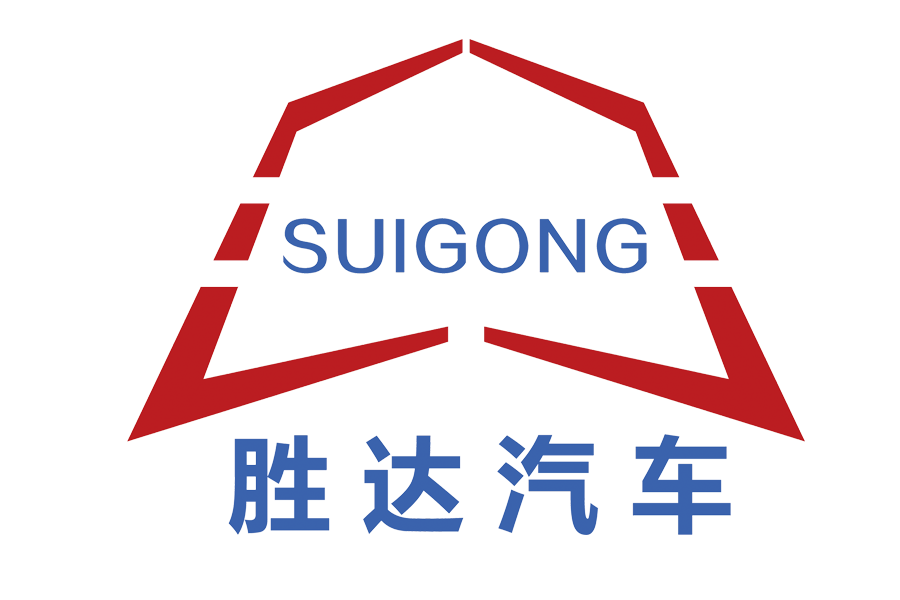Sprinkler Trucks: Beyond Routine – Aiding Disasters and Cultural Events
Sprinkler trucks, long associated with daily street cleaning and dust control, are stepping into unexpected roles, proving their versatility in supporting disaster response, cultural celebrations, and unique urban needs. From battling wildfires to preserving historical sites, these vehicles are redefining their place in urban infrastructure.
Frontline Support in Wildfire and Drought Relief
In regions prone to wildfires, sprinkler trucks are becoming critical auxiliary tools. During the 2024 wildfire season in California, modified sprinkler trucks were deployed to create firebreaks around rural communities. Equipped with high-pressure hoses and extended spray ranges, they doused vegetation along roadsides, slowing the spread of flames and buying time for residents to evacuate. Firefighters noted that these trucks, though not designed for firefighting, provided invaluable support in hard-to-reach areas.

In drought-stricken parts of Brazil, sprinkler trucks are repurposed to deliver water to remote villages where wells have run dry. Local governments coordinate with NGOs to map water-scarce areas, ensuring the trucks prioritize schools and medical clinics. “It’s not their usual job, but these trucks are lifesavers,” says a relief worker in São Paulo state.
Preserving Heritage and Cultural Spaces
Historical districts with delicate architecture are turning to sprinkler trucks for gentle maintenance. In Venice, Italy, specially calibrated sprinkler trucks mist ancient stone pavements in the early morning, preventing them from cracking in the summer heat. The low-pressure spray avoids damaging centuries-old buildings while keeping walkways cool for tourists.
In Kyoto, Japan, during traditional festivals, sprinkler trucks are used to clean wooden temple grounds without using harsh chemicals. The trucks’ soft spray preserves the integrity of historic woodwork, ensuring cultural sites remain pristine for generations. “We treat these trucks as guardians of our heritage,” explains a cultural preservation officer.
Tech for Targeted Community Care
Innovative tech is enabling sprinkler trucks to cater to specific community needs. In London, some trucks use thermal imaging cameras to identify heat hotspots in urban parks, then focus their watering on areas where children and elderly people gather most. This targeted approach ensures resources are used where they enhance public well-being.
In Seoul, a mobile app allows residents to report areas with excessive dust, such as construction-adjacent neighborhoods. The city’s sprinkler fleet uses this crowdsourced data to adjust routes, with a 30% increase in resident satisfaction reported since the app’s launch.
Eco-Friendly Upgrades for Sustainable Operations
Manufacturers are rolling out eco-conscious designs to align with green city goals. A Dutch company has introduced a sprinkler truck with a hybrid engine that runs on biodiesel and electricity, cutting carbon emissions by 45%. The truck also features a filtration system that recycles rainwater collected from its roof, reducing reliance on municipal water supplies.
In Auckland, New Zealand, sprinkler trucks are fitted with noise-canceling technology, allowing them to operate in residential areas during early mornings without disturbing residents. “Sustainability isn’t just about the environment—it’s about respecting community peace,” says a city planner.

